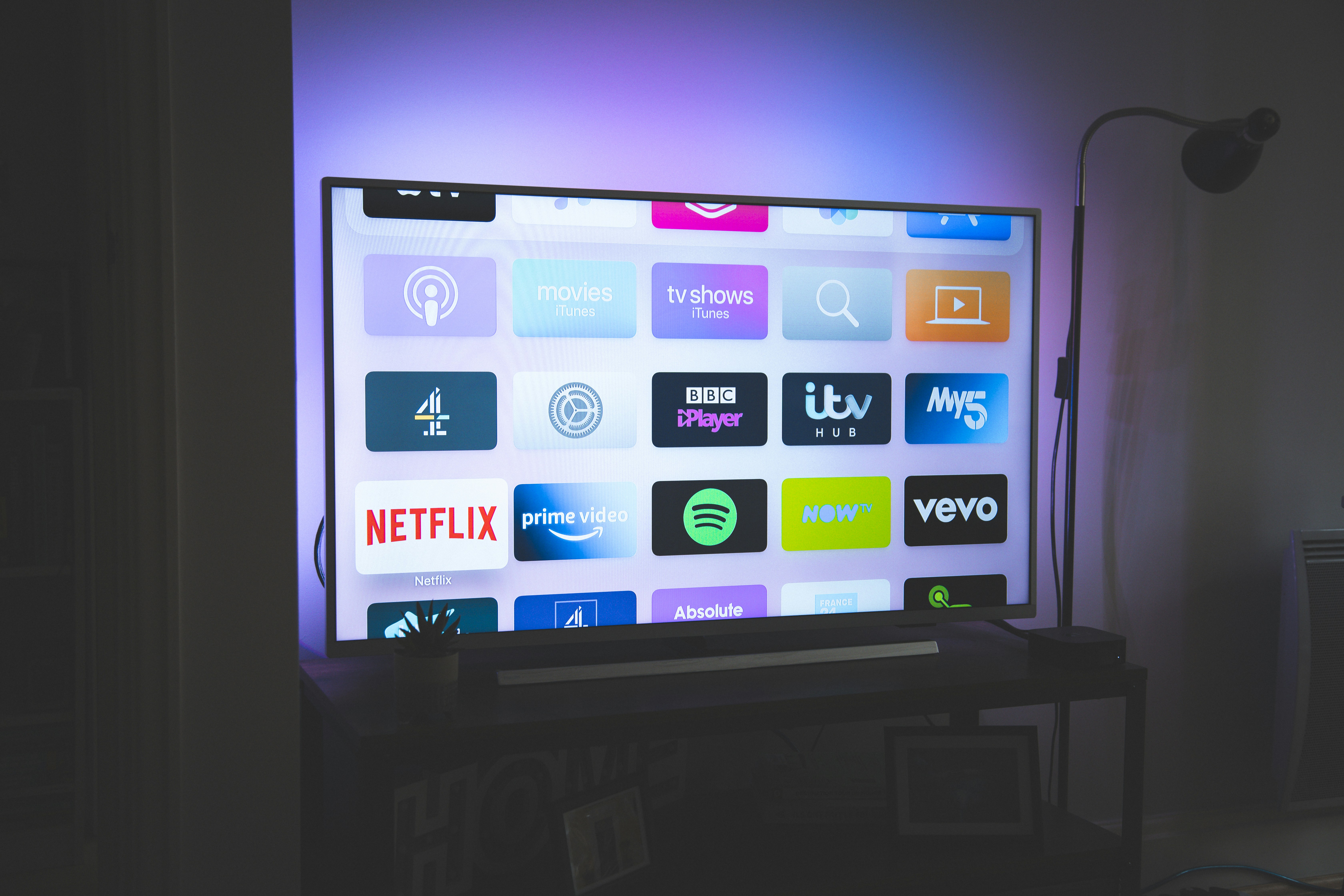
Upgrading from LCD to LED TV: Understanding the Differences and Picture Quality
Understanding LCD and LED Technology
Liquid Crystal Display (LCD) technology has been a staple in television designs for several years. At its core, an LCD TV operates through the manipulation of liquid crystals, which do not emit light by themselves. Instead, they require a light source to create the visible image. This backlighting—typically provided by fluorescent lamps—shines through the liquid crystals to produce colorful visuals. The arrangement and orientation of these liquid crystals determine the projection of colors and images on the screen.
As technology advanced, the introduction of Light Emitting Diode (LED) technology revolutionized how pictures are rendered on televisions. While LED TVs are fundamentally still LCDs—because they utilize liquid crystal panels—the significant difference lies in the backlighting method. LED technology replaces the traditional fluorescent lights with small, energy-efficient diodes that emit light directly. This transition not only enhances brightness but also improves color accuracy and contrast. LED TVs are often available in two configurations: Edge-lit and Direct-lit systems. In Edge-lit LED TVs, the diodes are positioned along the screen’s perimeter, casting light toward the center. This allows for thinner designs, though it may result in less uniform brightness across the display. In contrast, Direct-lit LED TVs feature an even distribution of diodes placed behind the screen, offering more consistent lighting but typically making the television bulkier.
Overall, while both LCD and LED technologies serve a similar purpose in displaying images and videos, the distinctions, particularly in their backlighting methods, lead to varied viewing experiences. LED technology’s advancements in brightness and color representation significantly enhance the overall picture quality, positioning it as a more favorable option for consumers considering an upgrade from older LCD models. Understanding these differences is pivotal for making informed decisions when selecting a new television.
Picture Quality Comparison: LCD vs. LED
When considering the transition from LCD to LED TV, one of the most significant aspects to evaluate is picture quality. Both technologies differ notably in brightness, contrast, color accuracy, and refresh rates, affecting the overall viewing experience.
Brightness is one of the most pronounced advantages of LED TVs. Employing advanced backlighting technologies such as Full Array or Edge-Lit LED, these televisions can achieve higher luminosity levels compared to traditional LCD models. This capability allows LED TVs to produce vivid images even in well-lit environments, making them an excellent choice for daytime viewing. In contrast, LCDs often struggle with brightness, which may limit their effectiveness in bright rooms and lead to a subpar viewing experience.
Contrast levels also vary significantly between the two types. LED TVs typically exhibit superior contrast ratios due to their ability to dim individually lit zones of the screen. This feature creates deeper blacks and brighter whites, resulting in more striking images. In contrast, standard LCD TVs often produce a washout effect in darker scenes, diminishing the overall depth of the picture.
Color accuracy plays a crucial role in enhancing picture quality. LED TVs can reproduce a wider color gamut, which translates into more vibrant and true-to-life colors. This capacity allows viewers to enjoy a more immersive experience when watching movies or playing video games. Conversely, LCDs may not deliver the same level of accurate color reproduction, as they tend to have limited color ranges.
Refresh rates are essential for dynamic picture clarity. LED TVs generally offer higher refresh rates, reducing motion blur in fast-paced scenes, which is particularly beneficial for sports and action films. Higher refresh rates contribute to smoother transitions and increased detail in moving images, an area where LCDs may lag behind.
In essence, comparing picture quality between LCD and LED TVs reveals that LED technology often prevails, providing enhanced brightness, contrast, and color accuracy. These factors collectively contribute to an overall improved viewing experience.
Benefits of Upgrading to an LED TV
Upgrading from an LCD TV to an LED TV offers numerous benefits that enhance the viewing experience, making it a worthwhile investment for consumers. One of the primary advantages of LED televisions is their improved energy efficiency. LED technology utilizes light-emitting diodes, which consume significantly less power compared to traditional LCD screens that rely on fluorescent backlighting. This reduced energy consumption not only leads to lower utility bills but also contributes to a more environmentally friendly household.
Another compelling benefit of LED TVs is their design. These televisions are typically thinner and lighter than their LCD counterparts, allowing for easier installation and a more aesthetically pleasing look in modern living spaces. The sleek profile of LED screens provides consumers with greater flexibility in terms of furniture arrangement and wall mounting, ultimately maximizing room space.
Furthermore, LED TVs often come equipped with advanced technologies such as 4K and High Dynamic Range (HDR). These features enhance picture quality by delivering sharper images, greater color accuracy, and improved contrast. With 4K resolution, viewers can enjoy four times the detail of standard HD, making every movie and television show an immersive experience. HDR technology allows for better highlight and shadow details, resulting in a more realistic visual output that brings content to life.
The lifespan of LED technology also exceeds that of traditional LCD displays. LED TVs generally boast a longer operational life, with many models lasting upwards of 10 years or more under normal use. This longevity can offer considerable value, allowing consumers to enjoy high-quality performance without the need for frequent replacements. Given these advantages—ranging from energy efficiency and design to picture quality and durability—it is clear why upgrading to an LED television is an enticing option for those seeking enhanced home entertainment.
Considerations Before Making the Upgrade
Upgrading from an LCD to an LED TV involves several thoughtful considerations that can significantly impact your overall viewing experience. First and foremost, it is essential to evaluate your personal viewing habits. Take note of how often you watch television, what types of content you engage with most (movies, sports, gaming), and whether you typically watch alone or with family and friends. Understanding your viewing patterns will help you select a model that aligns with your needs.
Budget constraints also play a vital role in the upgrading process. LED TVs generally come with a range of price points based on brand, size, and feature set. It is advisable to establish a budget before exploring options, as this will narrow down your choices and aid in effective decision-making. Consider both upfront costs and long-term value; investing in a higher-quality model may provide enhanced longevity and improved picture quality, ultimately offering better value over time.
Room conditions should not be overlooked when contemplating an upgrade. The ambient light in your viewing area can greatly affect image quality. For instance, bright rooms may benefit from an LED TV that excels in handling glare, while darker environments can take advantage of LED’s superior contrast ratios. Additionally, the available space should dictate the size of your new display. A larger screen can enhance immersion, but an oversized TV in a small room may lead to discomfort.
Finally, selecting the right model can be a daunting task given the sheer number of options available. Researching various brands and reading user reviews will aid in making an informed decision. It may also be helpful to check for warranty offerings, customer support, and the availability of features such as smart technology and connectivity options. By taking these factors into account, you can ensure a smooth transition to your new LED TV, enriching your viewing experience significantly.














